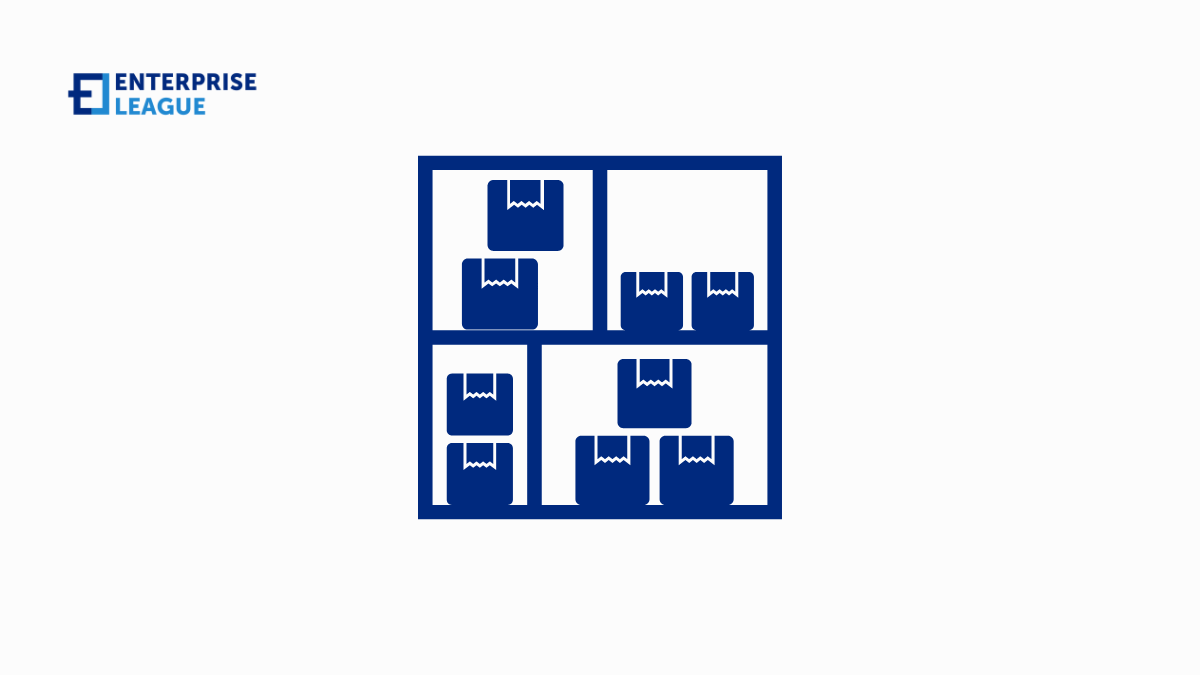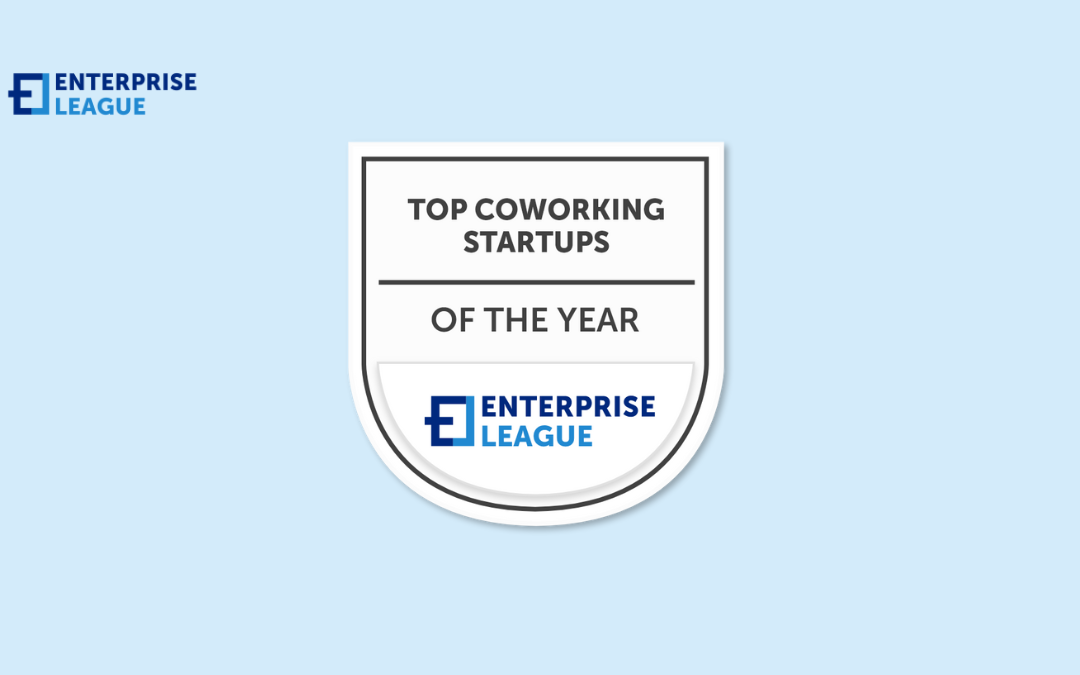The power introverts in business lies in their ability to stands out from the others with their self-observing nature and gaining energy from their alone time.

Lead gen as a service: 5 trends to watch out for in 2025
Lead Gen as a Service (LGaaS) isn’t your average buzzword; it’s pretty much the secret sauce for businesses looking to score big in customer acquisition. Imagine a service so slick that it doesn’t just find you potential customers, but also serves them up on a silver platter. That’s LGaaS in a nutshell.
Now, LGaaS has morphed into something way cooler in 2025. It’s not just about gathering a list of names and numbers anymore. It’s become a blend of art, tech, and psychology, all rolled into one. Let’s break down a few trends that are redefining this space.
AI & machine learning: next-level matchmakers
They’re not just finding leads, they’re finding the right leads.
It’s like having a super-smart algorithm that knows your type and only sets you up on dates with people you’re likely to click with.
Here’s the kicker: these AI systems are getting scary good at predicting customer behavior. They’re crunching data, spotting patterns, and even predicting future trends. This means businesses can tailor their approach to each lead, increasing the chances of turning them into customers.
In an increasingly competitive digital landscape, AI presents an edge for businesses big and small alike. It helps marketers go the extra mile and reach a wider audience for the exact same budget, making the cost of each lead that much more cheaper.
Hyper-personalization
2024 is all about getting personal. And I mean really personal. Hyper-personalization is the trend where businesses know so much about their leads that they can craft messages that speak directly to them.
We’re talking about emails that feel like they’re written by a friend, ads that show up at just the right time with just the right product, and websites that change dynamically to suit each visitor.
Now, this might sound a bit Big Brother-ish, but it’s not about being creepy; it’s about being relevant. When a lead feels like you understand their needs and preferences, they’re more likely to engage with your brand.
This level of personalization is made possible by the mountains of data that LGaaS providers collect and analyze. This, of course, brings forth a wide range of ethical concerns, which the industry has thus far ignored, but will have to learn to address going forward.
Look beyond the obvious privacy concerns, and such levels of hyper-personalization represent a new age of capitalism, where consumers no longer have to choose from the options available, but products and services are particularly catered to their individual needs.
Interactive content for engagement
In 2024, lead gen isn’t just about throwing information at potential customers, it’s about getting them involved. Interactive content like quizzes, polls, and engaging videos are the new heavy hitters in grabbing attention via content marketing.
These tools aren’t just fun, they’re powerful data-gathering machines. They entice leads to share information in a way that feels like a game, not an interrogation.
This not only increases engagement but also provides businesses with rich, insightful data to tailor their marketing strategies even more effectively.
That being said, content creation, especially engaging, viral content is no easy task, and requires a deep understanding of trends on the internet, coupled with your target audiences to execute to perfection. Lead gen agencies strive hard to master this, aimed at generating quality leads from a wide variety of platforms, and at rock bottom prices.
Such sophistication and specialist requirements have since prompted niche-specific agencies and services in recent years. Agencies such as 33MileRadius HVAC lead gen are striving to add substantial value to businesses with their specialized knowledge of specific niches.
Omnichannel marketing
In 2024, businesses are embracing an omnichannel approach to lead gen, ensuring a seamless customer experience across all platforms. It’s not just about being present on multiple channels; it’s about creating a unified, cohesive journey for potential customers.
Whether it’s social media, email, websites, or offline touchpoints, every channel is interconnected, offering a consistent brand message and experience.
This holistic approach not only increases the chances of capturing leads at various points but also enhances brand recall and loyalty. It’s about meeting customers where they are, with the right message at the right time.
Sustainability & ethical lead generation
This means no more spammy tactics or shady data collection methods. In 2024, the focus is on transparent, ethical lead-generation practices.
This trend is partly driven by consumer awareness. People are getting smarter and more cautious about how their data is used. They’re more likely to engage with brands that they trust. So, businesses are being more open about how they collect data and are using more ethical approaches to lead generation.
This includes things like clear opt-ins, respect for privacy, and a focus on generating high-quality leads that are actually interested in what the business has to offer.
So, what do these trends mean for businesses in 2024? First off, it’s clear that LGaaS is no longer a nice-to-have; it’s a must-have. The competition is fierce, and if you’re not leveraging the latest in AI, personalization, and ethical practices, you’re likely falling behind.
But more importantly, these trends show that the world of LGaaS is becoming more sophisticated, more customer-centric, and conscious of the bigger picture. It’s not just about bombarding people with ads or cold emails. It’s about creating genuine connections, understanding customer needs, and building trust.
Conclusion
Lead Gen as a Service in 2024 is a fascinating blend of technology, psychology, and ethics. It’s a field that’s becoming increasingly important for businesses looking to thrive in a crowded market.
By staying on top of these trends, businesses can not only generate more leads but also build stronger, more meaningful relationships with their customers. And let’s be honest, in a world where everyone’s fighting for attention, that’s the real game-changer.
More must-read stories from Enterprise League:
- Best marketing tools for startups that are worth trying.
- Aspects that show the importance of cross-cultural communication in the workplace.
- Are there any benefits of having a 80 hour work week?
- Profitable and funny business idea that you can start today.
- Getting your product in stores doesn’t have to be complicated.
Related Articles
The power introverts in business: What are their secrets to success
The failures of the Olympic games throughout the years
From financial burdens on host cities to doping scandals and political controversies, let’s see the some of the biggest Olympic fails throughout the years.
Digital adoption: How small businesses can become relevant in the global market
This article will elaborate the importance of digital adoption for small businesses and provides insights into how they can thrive in the global marketplace.
Your guide to securing sensitive business information
From client records to trade secrets, protect your business’s sensitive information and data with these practical solutions for modern security challenges.
How GPS trackers and fleet management systems are driving business efficiency
Whether you’re running a small delivery service or managing a large trucking company, these modern tracking tools are changing how the whole game works.

















